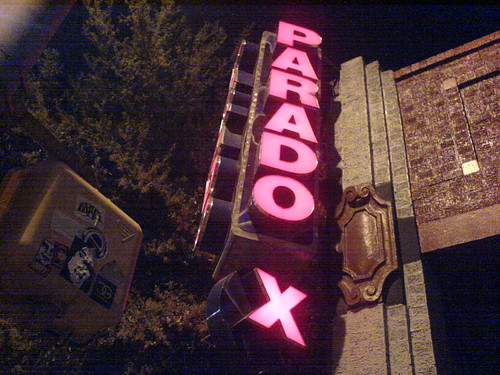
Blight: Something that impairs growth, withers hopes and ambitions, or impedes progress and prosperity.
In Downtown Austin nothing kills hopes, dreams, ambitions, old ladies and little children like under-developed land. According to DANA board member Roger Cauvin, in economic terms, blight can be considered an “externality,” which “are the indirect costs imposed on society by an economic activity. Pollution is an example of an externality. If economic agents (e.g. developers) aren’t made to pay for the externalities, we are effectively subsidizing harmful behavior.”
In Downtown Austin, blight manifests itself in the primary forms of:
1) parking lots (or razed lots)
2) parking garages
3) chain link fence
4) perpetual disrepair
The Northeast quadrant of Downtown Austin takes the cake for parking garages. The area is desolate and completely void of human interaction. Unimproved parking lots are scattered throughout Downtown. It could easily be argued that Downtown Austin blight reaches it’s zenith on 6th Street. (slideshow) Broken doors, windows, tattered chain link fence, destroyed ATMs, it’s all there.
As I see it, the problem of blight is rooted with the owner of the property that is creating or hosting the blight. The economic behavior of hoarding undeveloped property in the CBD is contrary to the density goals of Downtown Austin stake holders. It is also contrary to the city’s and county’s goals of collecting ad valorem taxes. Perhaps more importantly, razing your lot and wrapping it in chain link fence is contrary to the sense of community.
Over the past couple of months you’ve seen related topics discussed at Austin Contrarian. According to Chris Bradford, “We badly need a mechanism for discouraging property owners from warehousing vacant lots downtown. The solution is not to shut out all redevelopment to eliminate the risk of this kind of behavior. What we need is a vacant-lot surcharge or something like it. A surcharge calibrated to compensate the other downtown property owners, businesses and visitors for the very real cost of blighting a block. This might encourage property owners/developers to leave existing buildings in place or to fill in currently vacant lots, even if the structures are inexpensive and small.”
Well said.
-Jude



